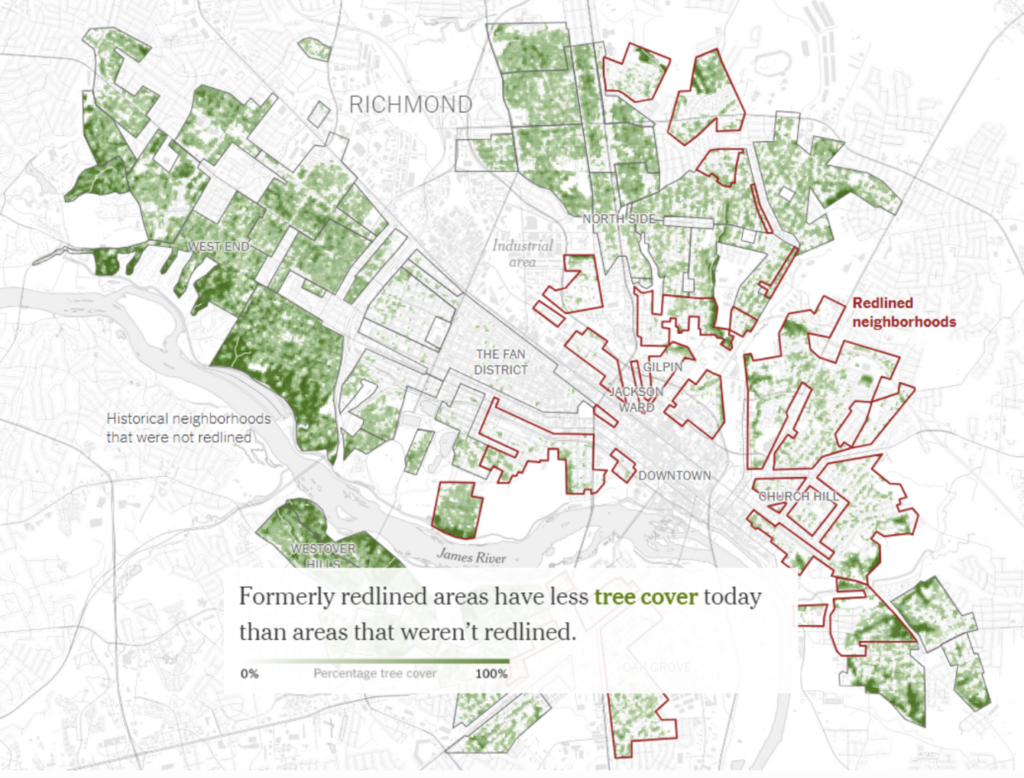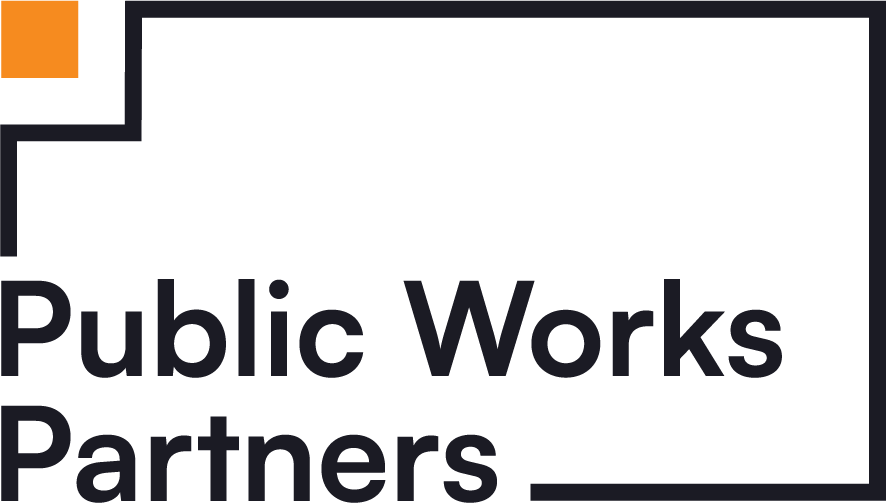Whether living in a small town or a large city, you have likely heard of your municipal agencies or local community-based organizations working on projects such as a comprehensive plan that will equitably align your community’s policies around land use, sustainability, and housing development, or an economic development plan that will bring equitable investment to neighborhoods across the city, or a streetscape redesign that will make streets more accessible for pedestrians, cyclists, and public transit users. Cities and towns are always working on ways to improve and remedy problems.
Centering equity in project goals like these aligns with urban planners’ goals of making communities more resilient, sustainable, and equitable places for all by providing a guiding post for making final decisions and implementing changes. However, any one of these planning projects involves multiple steps and with smaller decisions made at each point, for example, most projects begin with research which includes community engagement sessions, understanding basic neighborhood and demographic information, and understanding existing conditions. This research informs the visioning for the shape of these projects, but how can planners center equity in each step of the project? Can equity be embedded in strategic planning tools used by planners? And how would they even begin to do this? Let’s take a closer look at market analysis to understand the possibilities..
What is Market Analysis?
Although founded in business development practices, market analysis is an important strategic planning tool for all organizations, agencies, and communities to utilize. Market analysis is used to identify and understand challenges and weaknesses, opportunities for growth, and broader industry trends. In its recent report, Strategic Planning for Communities and Organizations, the American Planning Association (APA) highlights the importance of developing a strategic plan as part of any urban planning project or practice as a guiding document for implementation: “a cost-effective way to define a community’s or organization’s vision, mission, and values and build an action agenda that can be implemented incrementally, with a feedback loop to allow real-time corrections.”

As part of the strategic planning process, the basic elements of a market analysis include:
- Set Goals. Identifying strategic goals and questions that will frame the market research and analysis
- Collect Data. Gathering data, including quantitative sources such as financial, census, and other statistics, and qualitative sources such as focus groups, stakeholder engagement sessions, and staff feedback
- Analyze. Analyzing data for trends, insights, and conclusions
- Determine Opportunities for Change. Identifying strategic opportunities and action items
What are the blindspots on equity in market analysis?
As planners we talk about promoting equity and serving the most vulnerable–in housing affordability, in planning for climate change, in access to transit, and many other facets–but it’s important to consider what these terms really mean. Vulnerability in our cities is not an abstract state of being at risk of harm, but is a condition produced by past and present social, political, and economic policies that result in differentiated outcomes for different social groups. Equity is the just and fair inclusion into a society in which all can participate, prosper, and reach their full potential.
Without intentional consideration of equity in strategic planning processes, inequities may be reproduced across projects, organizations, and communities. While market analysis may seem like a straightforward process based on data and analysis, assumptions and biases may enter the work at each stage in the process:
- Set Goals. Are your guiding research questions already pointing to issues of inequity internally or in services provided? When framing the goals and guiding questions for the research, it’s important to step back and consider how historical and structural decisions have contributed to the conditions that need to be addressed.
- Data. Data and databases are not neutral, but reflect the values, biases, and assumptions of the people and institutions that collect them. The Urban Institute, in its Principles For Advancing Equitable Data Practice, outlines that, “many people, especially people of color and people with disabilities, have faced harm when powerful interests have misused and abused their data.” As organizations increasingly look to data to support impact, metrics, and strategic planning, it’s important to acknowledge and consider the limitations of quantitative data and seek out perspectives and stories of those who may be left out of reported statistics. Centering equity in the data collection phase of market analysis is foundational for producing equitable analysis and opportunities for change.
- Analysis. Is there only one story? Who’s not represented? Who’s been left out? During the analysis phase of market analysis, insights will begin developing about opportunities for growth and change, or reasons behind certain successes or challenges. Centering equity in this phase requires challenging your own assumptions to understand whether there may be alternative interpretations of the data, or missing data points that may help contextualize situations.
- Determine Opportunities for Change. This final phase of market analysis will inform the exciting next steps in strategic planning and implementation. Many factors (budget, timing, staffing, mission and values) contribute to determining the opportunities and action items to pursue, and centering equity in this phase requires considering: how the new tactics and strategies will affect constituents and staff; and understanding the effect of new strategies on different populations based on the underlying systemic drivers of inequity.
Equity Empowers Market Analysis
Centering equity in market analysis and strategic planning can provide a launching point for meaningful changes across community health sectors such as housing, climate change and resiliency, transportation, economic development, workforce development, and onward. Recent research, for example, outlines how the redlining of black and brown neighborhoods in the 20th century has not only contributed to segregated neighborhoods, and diminished intergenerational wealth, but to disproportionate vulnerability to the effects of climate change.

The legacy of disinvestment in infrastructure, parks, and street trees in formerly redlined neighborhoods has created neighborhoods and communities at greater risk of flooding, and an average of 5 to 20 degrees fahrenheit hotter in summer than wealthier, whiter parts of the same city. By centering equity in their strategic goals, data collection, and analysis of these urban sectors, cities like Denver, Minneapolis, Richmond, and Houston have moved to enact policies and develop strategic plans aimed to redress these inequities and build more sustainable places where all can participate, prosper, and reach their full potential.
With intentional framing and reflection, equitable market analysis practices can lay a solid foundation for reaching the larger goals of making communities more equitable for all. I’m not suggesting, of course, that any one project, strategic plan, or market analysis, can fully dismantle the inequities within communities, but each one presents the opportunity and the responsibility for planners to imagine a project that can advance equity and help create meaningful change.





